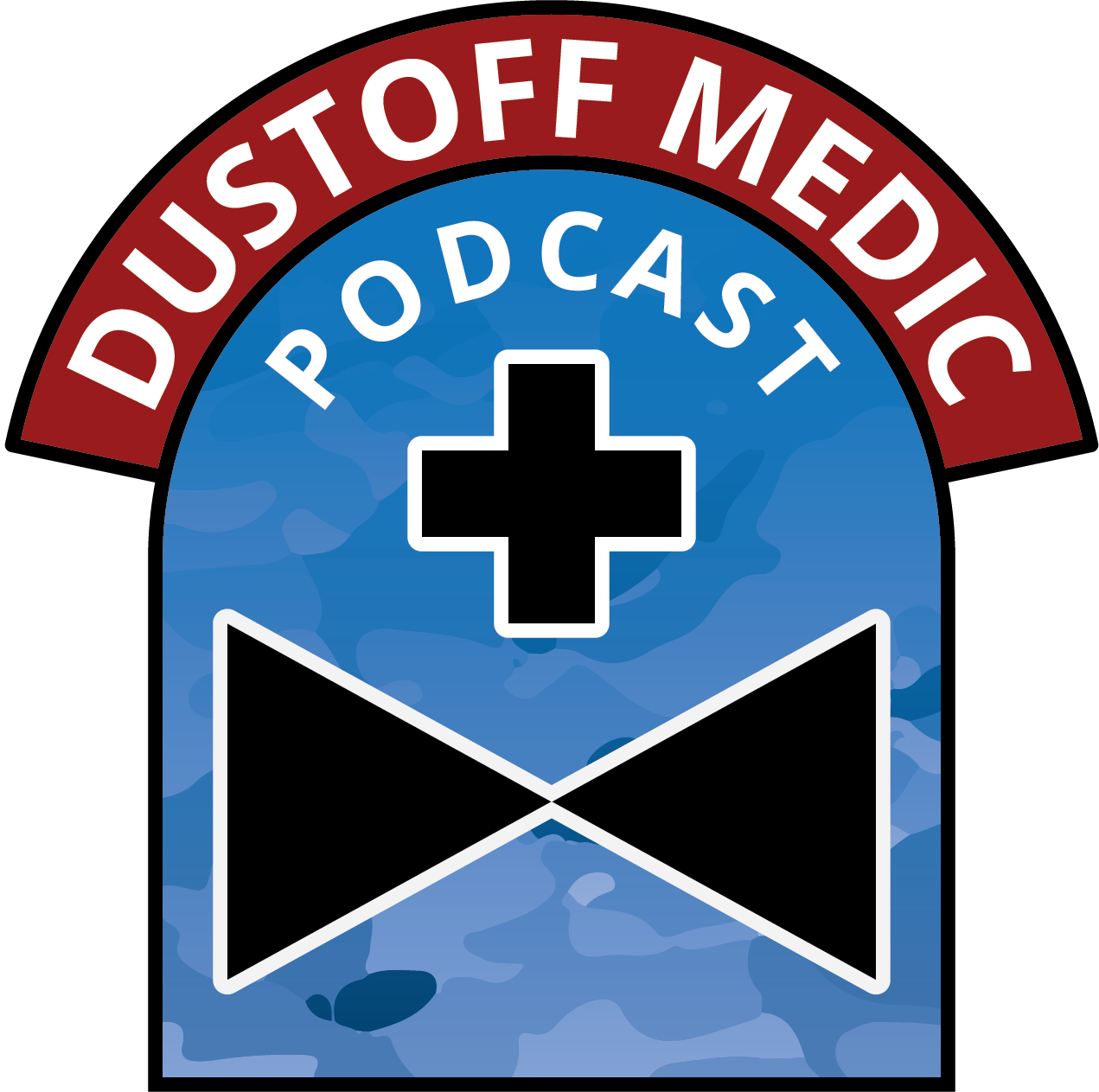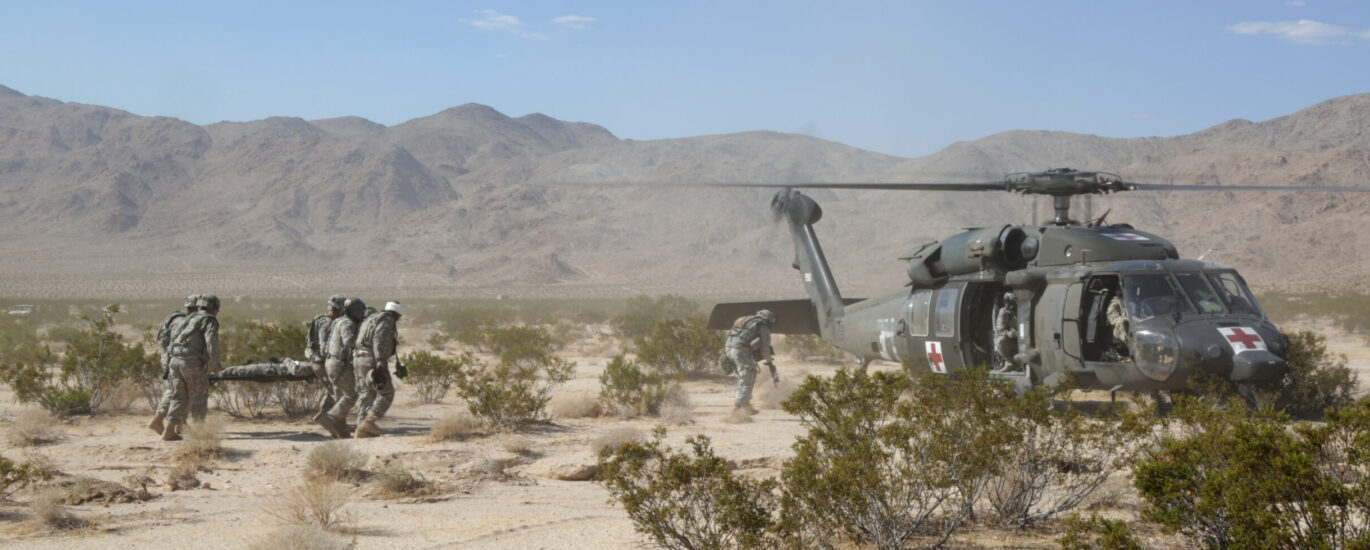Guidelines & Documents
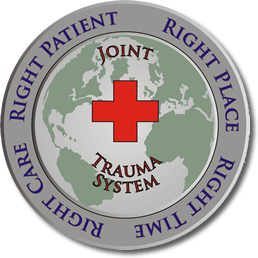
JTS Clinical Practice Guidelines
Clinical Practice Guidelines (CPGs) are the backbone of the JTS Performance Improvement program for combatant command trauma systems. The CPGs are compiled from DoD Trauma Registry data, health data abstracted from patient records and after-action reports. The data are analyzed and distilled into guidelines to remove medical practice variations and save lives.
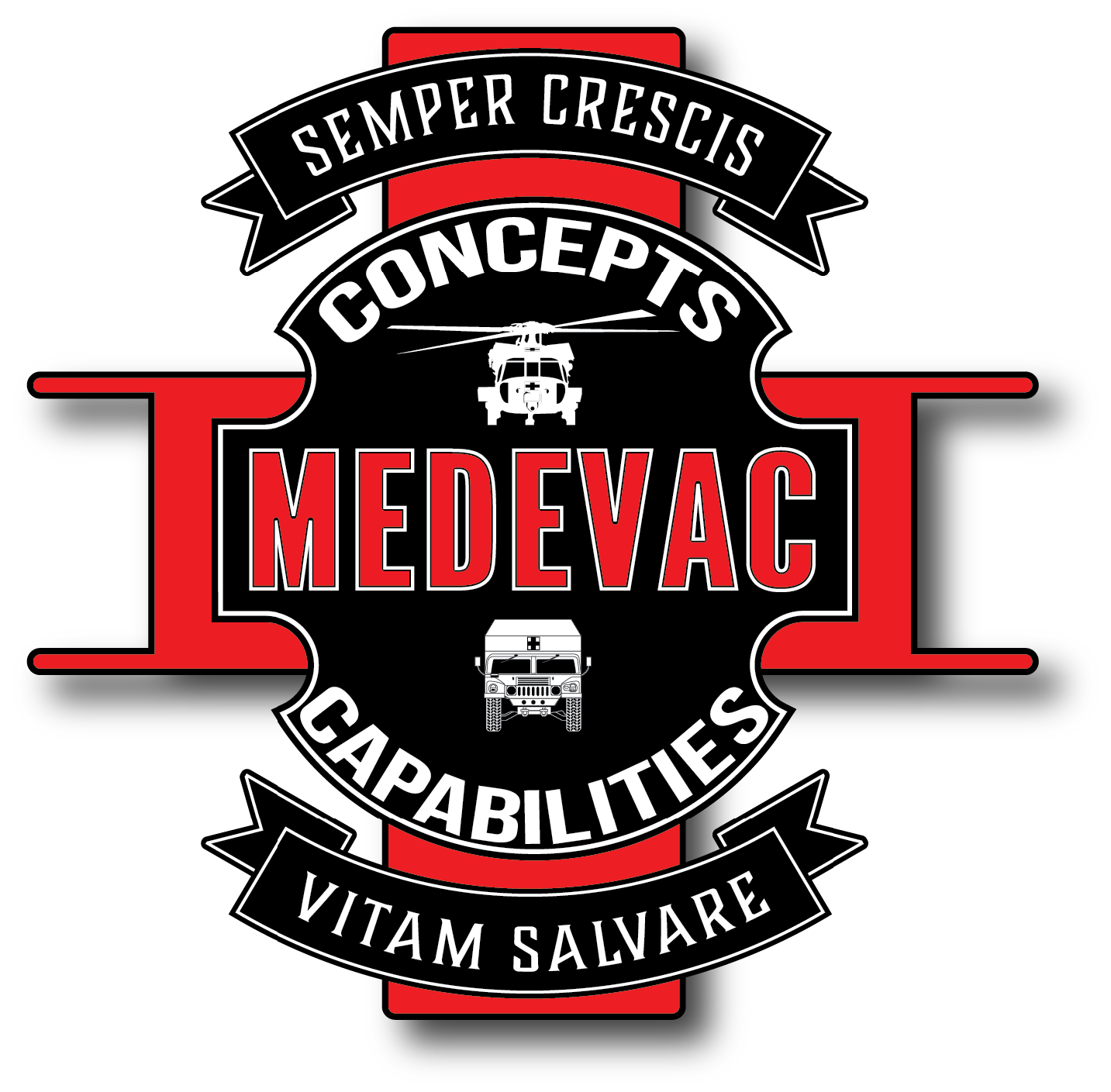
Standard Medical Operating Guidelines (SMOG) for Critical Care Flight Paramedics, 2021 Edition
The SMOG continues to go through significant improvements with each release as a result of the collaboration of Emergency Medicine professionals, experienced Flight Medics, Aeromedical Physician Assistants, Critical Care Nurses, and Flight Surgeons.

Naval Aviation Medical Treatment Protocols, Apr 2019
The official medical protocols for U.S. Navy Search and Rescue Corpsmen intended to provide a consistent framework of medical treatment guidelines for Naval Aviation Search and Rescue
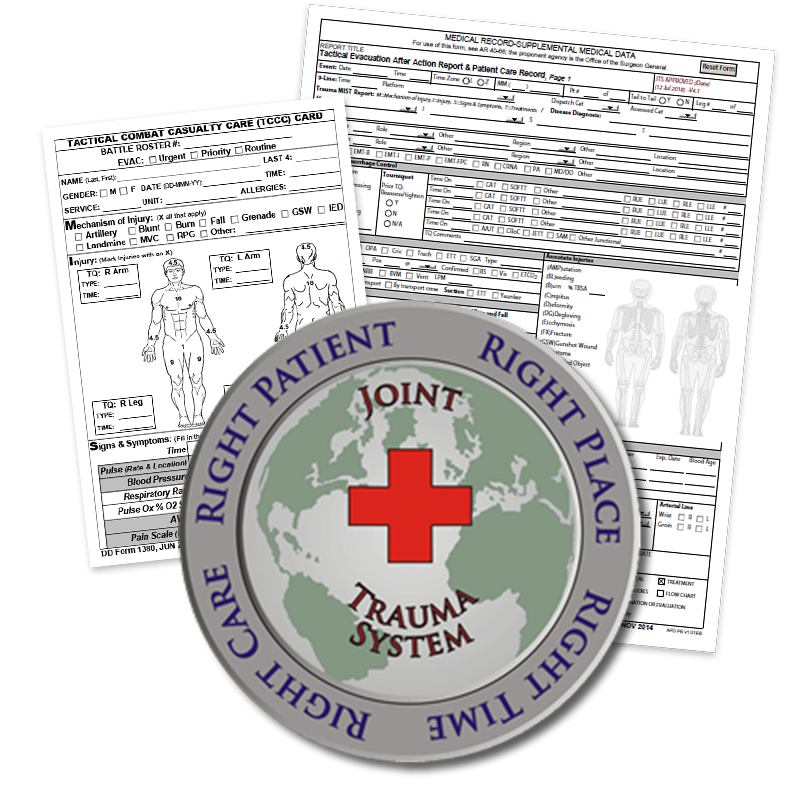
Forms & After Action Report Submission
Tactical Combat Casualty Care (TCCC) and Tactical Evacuation (TACEVAC) AAR forms for patient care and training.

Critical Appraisal tools
Critical appraisal worksheets to help you appraise the reliability, importance and applicability of clinical evidence.
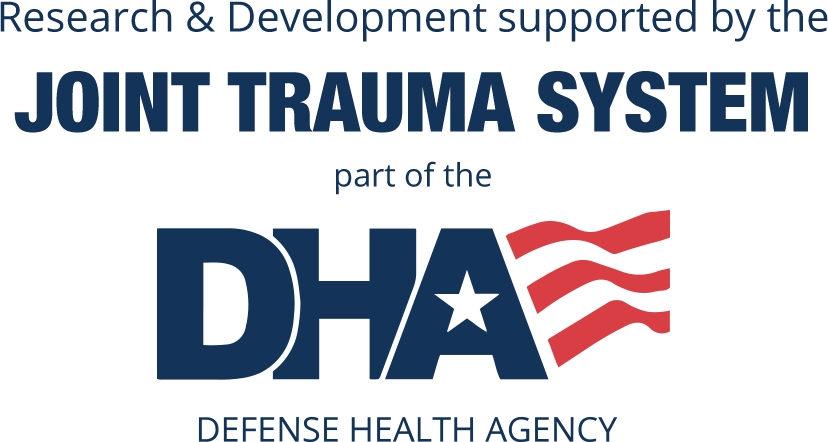
Deployed Medicine
Deployed Medicine is a platform used by the Defense Health Agency to trial new innovative learning models aimed at improving readiness and performance of deployed military medical personnel.
Landmark Papers
- Mabry RL, Apodaca A, Penrod J, Orman JA, Gerhardt RT, Dorlac WC. Impact of critical care-trained flight paramedics on casualty survival during helicopter evacuation in the current war in Afghanistan. J Trauma Acute Care Surg. 2012;73(2 Suppl 1):S32-S37. doi:10.1097/TA.0b013e3182606001 https://pubmed.ncbi.nlm.nih.gov/22847091/
- This paper was central in establishing the requirement for critical-care-trained flight paramedics. “The 48-hour mortality for the CCFP-treated patients was 8% compared to 15% for the standard MEDEVAC patients. After adjustment for covariates, the CCFP system was associated with a 66% lower estimated risk of 48-hour mortality compared to the standard MEDEVAC system. These findings demonstrate that using an air ambulance system based on modern civilian helicopter EMS practice was associated with a lower estimated risk of 48-hour mortality among severely injured patients in a combat setting.”
- Mabry RL, DeLorenzo R. Challenges to improving combat casualty survival on the battlefield. Mil Med. 2014;179(5):477-482. doi:10.7205/MILMED-D-13-00417 https://pubmed.ncbi.nlm.nih.gov/24806491/
- Addressing leadership, strategy, metrics, workforce, and patient outcomes is common methodology for promoting excellence in hospital-based health care. The same methodology could be used to improve care forward of the hospital. Such a program would require a significant realignment of resources and priorities within military medicine that would challenge existing bureaucratic and leadership hierarchies.
- Eastridge BJ, Mabry RL, Seguin P, et al. Death on the battlefield (2001-2011): implications for the future of combat casualty care [published correction appears in J Trauma Acute Care Surg. 2013 Feb;74(2):706. Kotwal, Russell S [corrected to Kotwal, Russ S]]. J Trauma Acute Care Surg. 2012;73(6 Suppl 5):S431-S437. doi:10.1097/TA.0b013e3182755dcc https://pubmed.ncbi.nlm.nih.gov/23192066/
- For the study interval between October 2001 and June 2011, 4,596 battlefield fatalities were reviewed and analyzed. 87.3% of all injury mortality occurred in the pre-MTF environment. Of the pre-MTF deaths, 24.3% were deemed potentially survivable. Most battlefield casualties died of their injuries before ever reaching a surgeon. Emphasis on this analysis should be placed on trauma system optimization, evidence-based improvements in Tactical Combat Casualty Care guidelines, data-driven research, and development to remediate gaps in care and relevant training and equipment enhancements that will increase the survivability of the fighting force.

